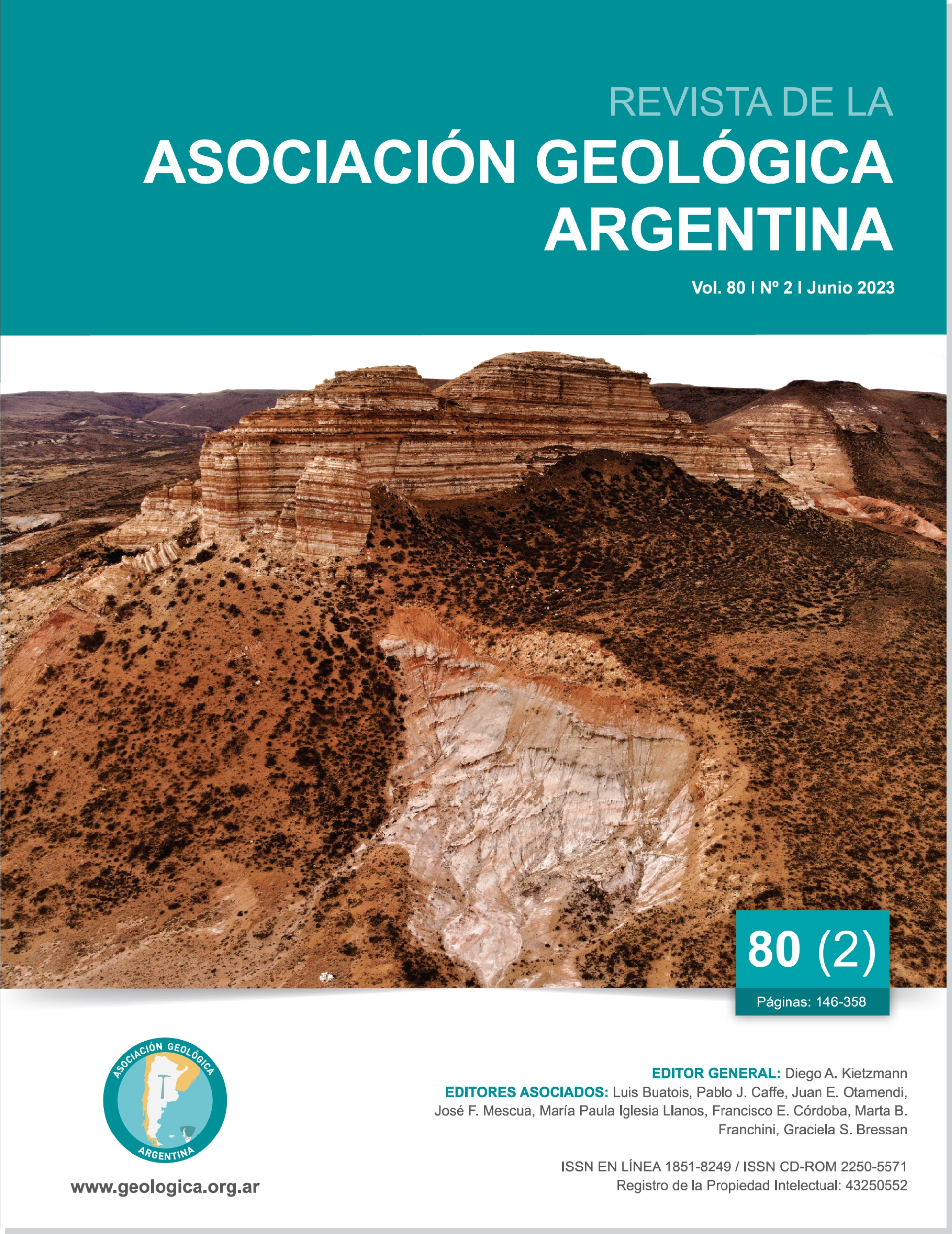Physically-based Model applied to Rainfall Thresholds for Shallow Landslides: Literature review
Main Article Content
Abstract
Landslides generate economical losses and human fatalities worldwide, especially in mountainous and tropical countries, such as Colombia. According to Geohazards database, 10.438 landslides have been registered in the Colombian Andean between 1921-2020, with almost 7.313 fatalities. The Colombian Andean region exhibits a complex tropical hydrometeorological dynamic affected by different temporal and spatial scale climate processes. It is composed of a diverse geological and geomorphological setting characterized by high steep slopes and morphogenic conditions that are predisposed to gravitational hillslope processes. Most of the Colombian population is established in the Andean region occupying large hilly areas without adequate planning control representing a risk condition that in recent years has encouraged the development of forecast models like Rainfall Thresholds and more complex and complement tools like Early Warning Systems (EWS). This review is focused on the physically-based models used to define rainfall thresholds for shallow landslides or forecasting models in different regions of the world, taking into account different perspectives used to model phenomenon: slope stability models, hydrological models and coupled models (slope stability-hydrological). This paper opens the paradigm of the need that complex systems such as tropical mountainous catchments require to face the occurrence of shallow landslides under heavy storms associated with climate change and the role of physically-based models to understand the distributed instability whiting them.
Article Details

This work is licensed under a Creative Commons Attribution-NonCommercial 4.0 International License.
Nota de copyright
Los autores conservan los derechos de autor y garantizan a la revista el derecho de ser la primera publicación del trabajo licenciado según una licencia de atribución Creative Commons que permite a otros compartir el trabajo con el reconocimiento de la autoría y de la publicación en la que se publicó por primera vez.
Declaración de privacidad
Los nombres y direcciones de correo electrónico introducidos en esta revista se usarán exclusivamente para los fines declarados por esta revista y no estarán disponibles para ningún otro propósito u otra persona.

